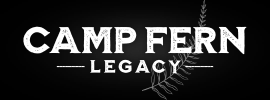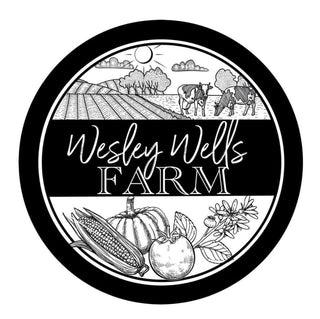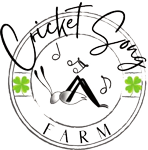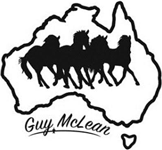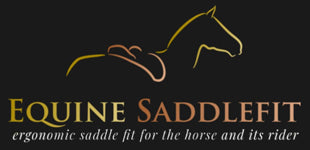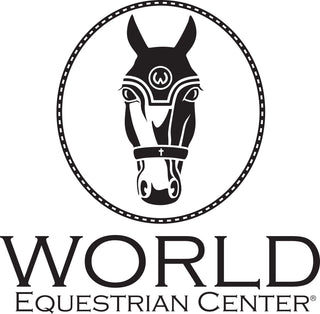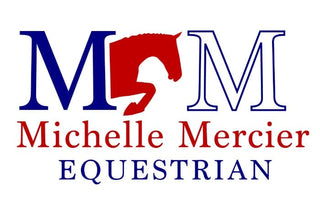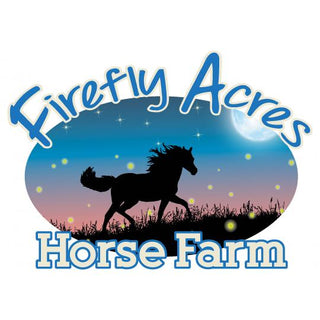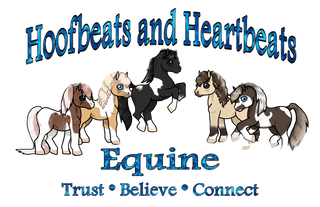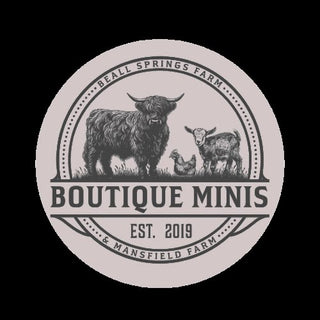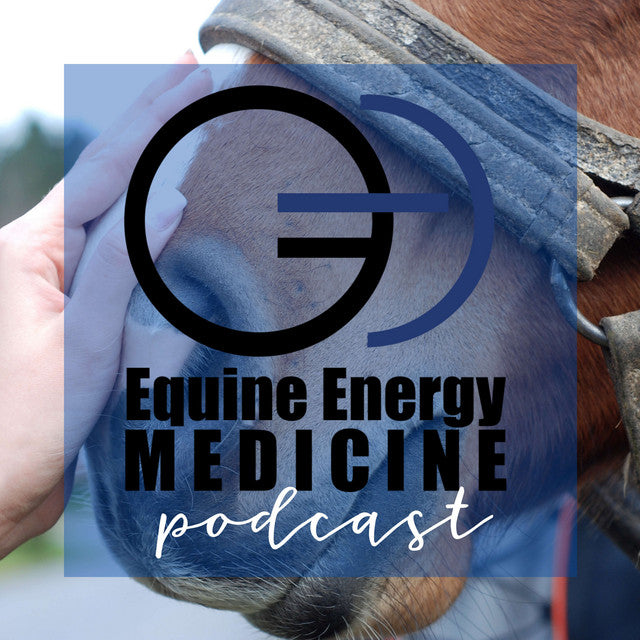
Photo cred:https://www.stallionsnow.com/stallion-ad-1238318
Have you ever wondered what it takes to be called a "gentle giant"? Look no further than the American Mammoth Jackstock.
These impressive (and cutest EVER) creatures are not only known for their size but also for their gentle nature and versatility.
Whether you're an equine enthusiast or simply curious about the AMJ, we’re going to take a pretty fascinating peek into what makes them so much fun to be around!
What is the American Mammoth Jackstock?
The American Mammoth Jackstock is a breed of donkey that stands out due to its considerable size and strength. Developed in the United States, this breed traces its roots back to the late 18th and early 19th centuries.
Breeders wanted to create a donkey that could work in agriculture and produce sturdy mules for transportation and farming.
By crossbreeding large European donkeys with native stock - boom - the American Mammoth Jackstock was born.
Typical AMJ Physical Characteristics

Photo cred: http://prairiefarmreport.com
One of the most striking features of the American Mammoth Jackstock is its size. Standing at an average height of 14 to 15 hands (56 to 60 inches) at the withers, these donkeys can sometimes reach up to 16 hands.
This is huge for a donkey!
Their bodies are robust and muscular, designed to handle heavy workloads. With large, expressive eyes and long ears, they have a unique, endearing look that sets them apart from other donkey breeds.
They are SO cute!
Temperament and Behavior of the American Mammoth Jackstock
Despite their massiveness, American Mammoth Jackstocks are known for their gentle and calm temperament. They are highly intelligent and sociable animals, making them great companions for both humans and other animals.
They are super patient and docile, which makes them excellent choices for therapy animals and for working with children.
Uses of the American Mammoth Jackstock
Historically, the American Mammoth Jackstock played a crucial role in American agriculture. Their strength and endurance made them ideal for plowing fields, pulling carts, and other heavy farm work.
Even today, they are valued on small farms for their ability to perform various tasks efficiently - but they do other things as well!
Riding and Transportation
In addition to their agricultural uses, these donkeys are also ridden and used for transportation. Their large size makes them suitable for carrying adults, and their sure-footedness makes them reliable for trail riding.
Breeding Purposes
American Mammoth Jackstocks are often used in breeding programs to produce mules. Mules, which are a cross between a donkey and a horse, inherit the best qualities of both parents.
They are known for their strength, endurance, and gentle disposition, making them ideal for work and companionship. Plus, have you ever seen one in the show ring? Adorable.
AMJ Diet and Nutrition Needs

Like all equines, Jackstocks require a balanced diet to maintain their health and vitality. Their diet typically consists of high-quality hay, grains, and fresh water. They benefit from grazing on pasture grass, which provides essential nutrients.
Common Feeding Practices
Feeding practices should focus on providing a balanced diet that meets their nutritional needs. It's important to avoid overfeeding, as these donkeys can be prone to obesity.
Regular veterinary check-ups can help ensure they receive the right amount of food and supplements. Your vet can point you in the right direction, but it never hurts to speak with an equine nutritionist as well.
Health
The giant donkeys are generally hardy animals, but they can be susceptible to common health issues such as hoof problems, parasites, and respiratory conditions.
Regular veterinary care and proper management can help prevent and treat these issues effectively.
Furthermore, routine management such as keeping paddocks clean by removing manure is key to a happy and healthy herd. Thankfully, the Paddock Blade manure collector makes paddock cleaning fast and easy!
Lifespan and Aging
With proper care, American Mammoth Jackstocks can live well into their 20s or even 30s. Their long lifespan makes them a long-term commitment for any owner, requiring ongoing care and attention to maintain their health and wellbeing. This is true of any equine.
Breeding and Reproduction
Breeding AMJ’s requires careful planning and management to ensure the health of both the mare and the foal. Selective breeding practices aim to build desirable traits such as size, temperament, and strength.
Raising Foals
Raising a foal involves providing proper nutrition, socialization, and training from an early age. These foals need to be handled gently and consistently to develop into well-mannered adults. Nobody needs a giant, pushy donkey!
Training and Handling
Training a Jackstock requires patience and consistency. Start with basic commands and gradually introduce more complex tasks.
Positive reinforcement techniques work best, as these donkeys respond well to gentle and encouraging methods. Donkey’s get a bad rep for stubbornness, but there are ways around it!
Advanced Training Techniques
For those looking to train their Mammoth Jackstock for specific tasks such as riding or driving, advanced training techniques can be employed. This may involve working with professional trainers who have experience with large equines.
Conservation and Preservation

Due to their historical significance and unique characteristics, there are ongoing efforts to conserve and preserve the American Mammoth Jackstock. Various organizations and breeders are dedicated to maintaining the population and promoting the breed's benefits.
Organizations Supporting the Breed
Several organizations, such as the American Mammoth Jackstock Association, work tirelessly to support the breed through education, breeding programs, and events. These organizations play a crucial role in ensuring the survival and prosperity of the American Mammoth Jackstock.
Interesting Facts About the American Mammoth Jackstock
Unique Traits
Did you know that the American Mammoth Jackstock is one of the largest donkey breeds in the world? Their impressive size and gentle nature make them a unique and beloved breed among equine enthusiasts.
Record Holders
Some American Mammoth Jackstocks have made it into the record books for their size and strength. For example, the tallest recorded Mammoth Jackstock stands at an incredible 17 hands!
The American Mammoth Jackstock is truly a remarkable breed, combining size, strength, and a gentle nature. Whether you're interested in their history, their role in agriculture, or simply their unique characteristics, these gentle giants have a lot to offer.
We love them, and think they are definitely a breed worth celebrating!
American Mammoth Jackstock FAQs
What is the average height of an American Mammoth Jackstock?
The average height of an American Mammoth Jackstock is between 14 to 15 hands, but they can sometimes reach up to 16 hands.
What are American Mammoth Jackstocks used for?
They are used for farming, riding, transportation, and breeding to produce mules.
How long do American Mammoth Jackstocks live?
With proper care, they can live well into their 20s or even 30s.
What do American Mammoth Jackstocks eat?
Their diet consists of high-quality hay, grains, pasture grass, and fresh water.
Are American Mammoth Jackstocks good with children?
Yes, their gentle and calm nature makes them excellent companions for children.
How are American Mammoth Jackstocks trained?
They are trained using positive reinforcement techniques, with patience and consistency being key to successful training.














